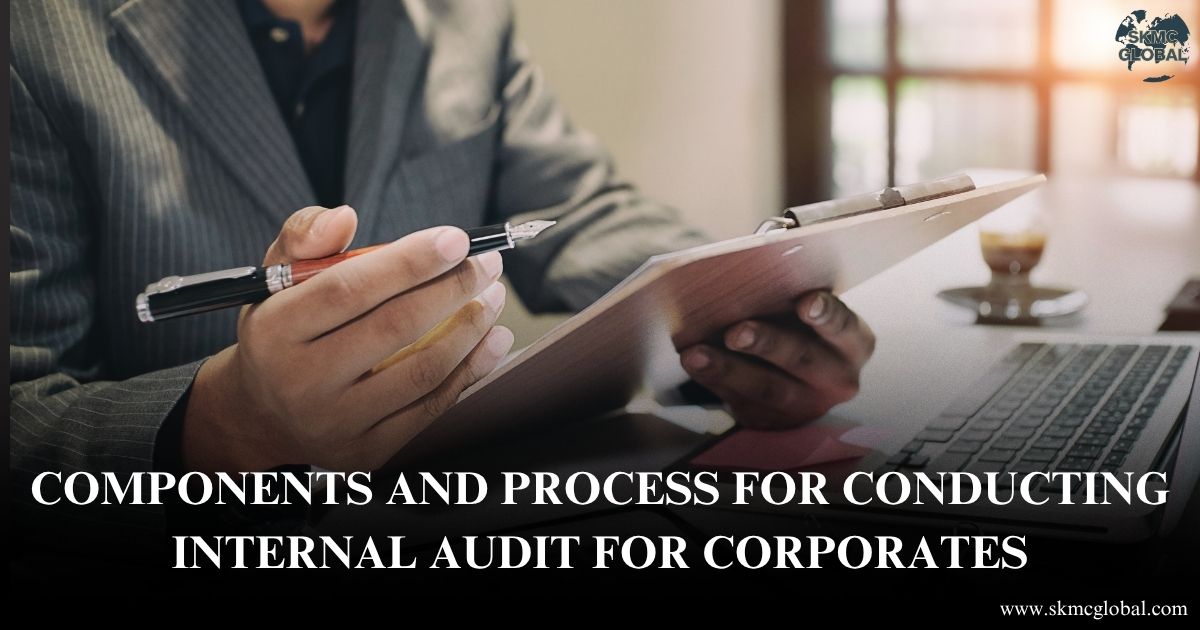
Components and Process for Performing Internal Audit for Corporates in 2025
Internal audit these days has come a long, long way from its past, checklist-based avatars. As corporate environments get more digital, more regulated, and more aware of risks, internal audit has developed as a strategic enabler. It is not compliance anymore—it's making sure there is good operation, good risk management, and good governance systems in place.
This article outlines the key elements and developing internal audit function in 2025 with solid dependence on internal audit and control, well-planned internal audit, and complete internal audit procedures.
The Role of Internal Audit in 2025
Primarily, internal audit is a separate, unbiased assurance function .Its mission is to enhance the value of an organization by assessing how well the governance, risk management, and internal control systems work. Internal audits will be more adaptable and informative as of 2025 due to the growing application of bleeding-edge technology such as artificial intelligence (AI), automation, and real-time analytics.
In a way, in response to the rising expectations on corporations today, contemporary internal auditing is founded on some fundamental pillars:
Internal audit planning these days is risk-based. Unlike traditional annual-cycle planning, organizations now divide their audit work dynamically into portions that mirror ongoing risk evaluations. Advanced analysis and predictive modeling enable them to detect risk-prone pockets—operational inefficiencies, financial anomalies, or cyber attacks, for example.
Audit teams closely collaborate with management to tie audit attention to strategic objectives and emerging risks. This keeps the audit plan current and contributes real value.
Successful audits rest on a strong internal control and audit framework. In 2025, internal audit teams examine entity-level controls, IT general controls, and process-specific controls as part of an integrated framework.
Auditors don't simply verify controls exist—they evaluate their design and effectiveness. This far more significantly improves the Risk Control Matrix (RCM), allowing improved identification of control failure and its resultant effect on enterprise risk.
Technology is at the center of contemporary auditing. Automated tools assist with high-volume transaction testing, and AI-driven analytics determine anomalies and trends in real-time.
Technologies such as robotic process automation (RPA), blockchain auditing, and cloud-based audit procedures have greatly hastened the audit cycle. It enhances the depth of coverage without any accuracy loss.
Despite automation, competent professionals continue to be the center of effective audits. In 2025, internal audit teams typically comprise data scientists, cybersecurity professionals, and compliance professionals. With their varied competency levels, they ensure audits are extensive and progressive.
Auditors should be highly independent, with thorough business understanding and analytical thinking.
- Risk-Based Audit Planning
- Integrated Internal Control and Audit System
- Technology and Automation
- Competency and Independence
The 2025 Internal Audit Procedure
A structured and standardized internal audit process makes the audits objective-based, traceable, and results-oriented. Below is a step-by-step explanation of how internal audits are actually performed in modern companies:
Step 1: Internal Audit Planning
This stage begins with the identification of what business units, processes, or systems are to be audited. Risk assessments, consultations with department heads, and past audit records guide the scope and purpose.
Internal audit planning is best achieved if resources are allocated to areas of greater risk so that audits are both cost-effective and efficient.
Step 2: Preliminary Survey and Process Understanding
Prior to performing fieldwork, auditors perform a walkthrough of the process. This means gathering sufficient documents, ascertaining workflows, and determining key controls.
This is also where they trace the process to the internal control structure and the Risk Control Matrix in a manner that permits a risk-driven and accountable approach.
Step 3: Fieldwork and Testing
This is the first phase of implementing the internal audit procedure. Control design and operating effectiveness are verified by auditors through sampling methods, transaction testing, and data analysis.
Advanced audit tools help in rummaging through enormous data sets, indicating exceptions to be pursued. Root cause analysis is done to identify root issues.
Step 4: Documentation and Reporting
Audit results are noted in transparency—pointing to observation, their implication, cause, and suggested action. The tone of 2025 audit reporting is cooperative rather than confrontational.
Reports are given to process owners, and timelines for management response and action are tracked to ensure accountability.
Step 5: Follow-Up and Assurance
Audit work does not end at the report level. There is a disciplined follow-up to ensure actions committed to. Real-time dashboards and audit tracking software provide transparency to remediation activities.
This step ensures the strengthening of audit benefits and instillation of a culture of continuous improvement.
The role of Standard Operating Procedures (SOPs) in Internal Audit
The audit procedure is uniform in various business segments where internal audit standard operating procedures are effectively set. Planning, performance, reporting, and closing are all organized in SOPs, which also ensure compliance to international standards like those established by the Institute of Internal Auditors (IIA).
SOPs are often incorporated into computer audit management systems in 2025 so that they are easily accessible and automatically utilized at all steps of the audit process.
Opportunities and Challenges
Auditors still face many challenges even with enhancements:
- Data Overload: Ability to process large amounts of data without missing essential things.
- Cybersecurity Threats: Ability to keep up with constantly emerging cyber threats.
- Resource Constraints: Ability to handle audit coverage with limited time and personnel.
But difficulties also bring new prospects:
- Audits can provide forward-looking results instead of hindsight.
- Auditors are taking on a more strategic role, communicating with senior management directly.
- Real-time assurance is now becoming feasible with continuous auditing and analytics.
Conclusion
Internal auditing has become a vital aspect of corporate agility and resilience by 2025. effective internal control, an internally well-established audit process, and a strong audit foundation allow organizations to manage uncertainty effectively and improve performance.
Whether by advanced internal audit planning, savvy automation, or digital SOPs, auditors are increasingly critical to the long-term success of companies. As companies transform, audit services not only ensure compliance but also actively oversee risk and capture opportunities.
Recent Posts
-
 Applicability of Ind AS vs Indian Accounting Stand...
Nov 11,2025
Applicability of Ind AS vs Indian Accounting Stand...
Nov 11,2025
-
 Public vs. Private Trust: key Differences in Regis...
Oct 28,2025
Public vs. Private Trust: key Differences in Regis...
Oct 28,2025
-
 Donation and Foreign Contributions to Trusts in In...
Oct 23,2025
Donation and Foreign Contributions to Trusts in In...
Oct 23,2025
-
 Redeemable Preference Shares as a Financial Tool...
Oct 22,2025
Redeemable Preference Shares as a Financial Tool...
Oct 22,2025
-
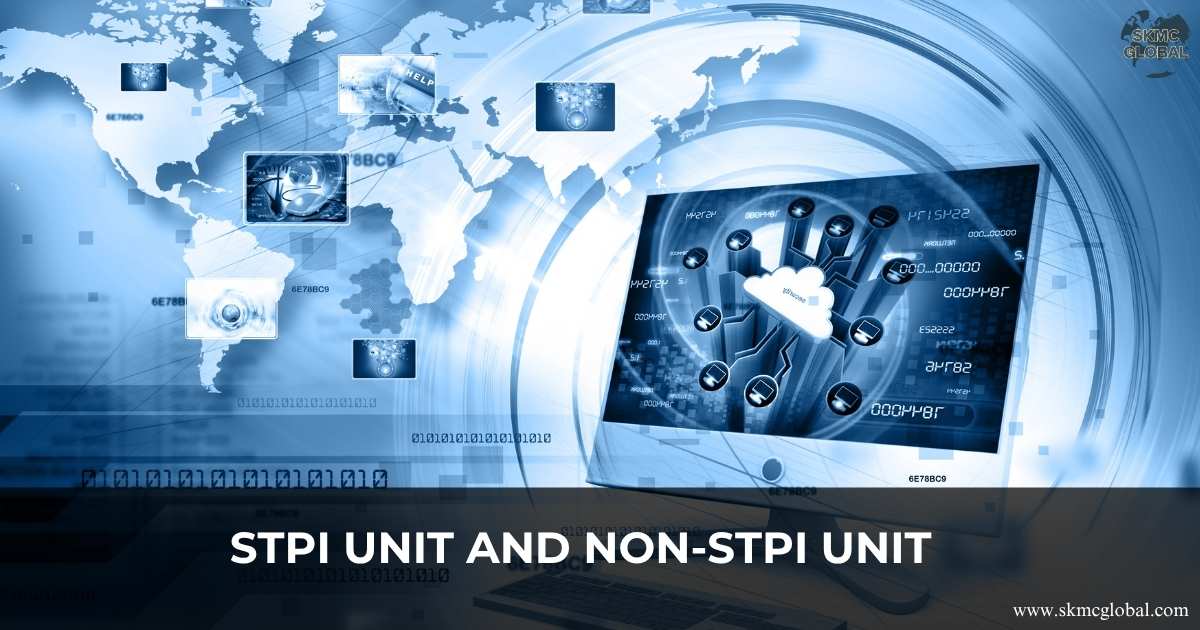 STPI Unit and Non-STPI Unit...
Oct 16,2025
STPI Unit and Non-STPI Unit...
Oct 16,2025
-
 Country-by-Country Reporting (CbCR) and Its Evolvi...
Oct 09,2025
Country-by-Country Reporting (CbCR) and Its Evolvi...
Oct 09,2025
-
 What is Free Trade Agreement and Certificate of Or...
Oct 08,2025
What is Free Trade Agreement and Certificate of Or...
Oct 08,2025
-
 What is the relevance of status holders certificat...
Oct 06,2025
What is the relevance of status holders certificat...
Oct 06,2025
-
 Redemption of Advance Authorization under Foreign ...
Oct 04,2025
Redemption of Advance Authorization under Foreign ...
Oct 04,2025
-
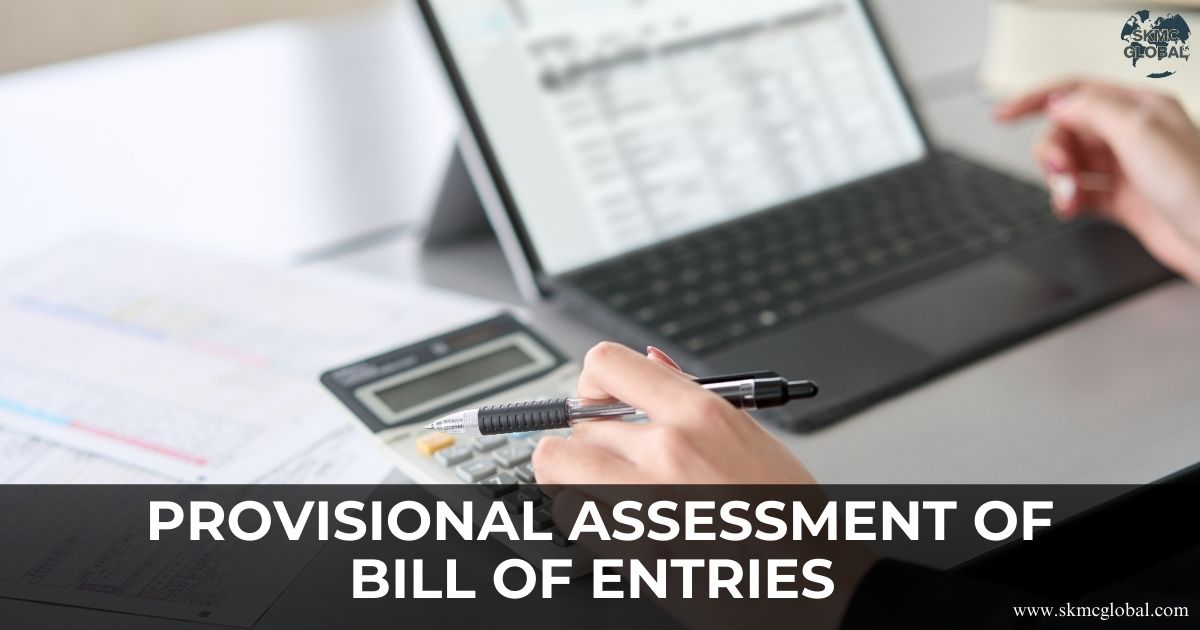 What is provisional assessment of Bill of Entries ...
Sep 29,2025
What is provisional assessment of Bill of Entries ...
Sep 29,2025
-
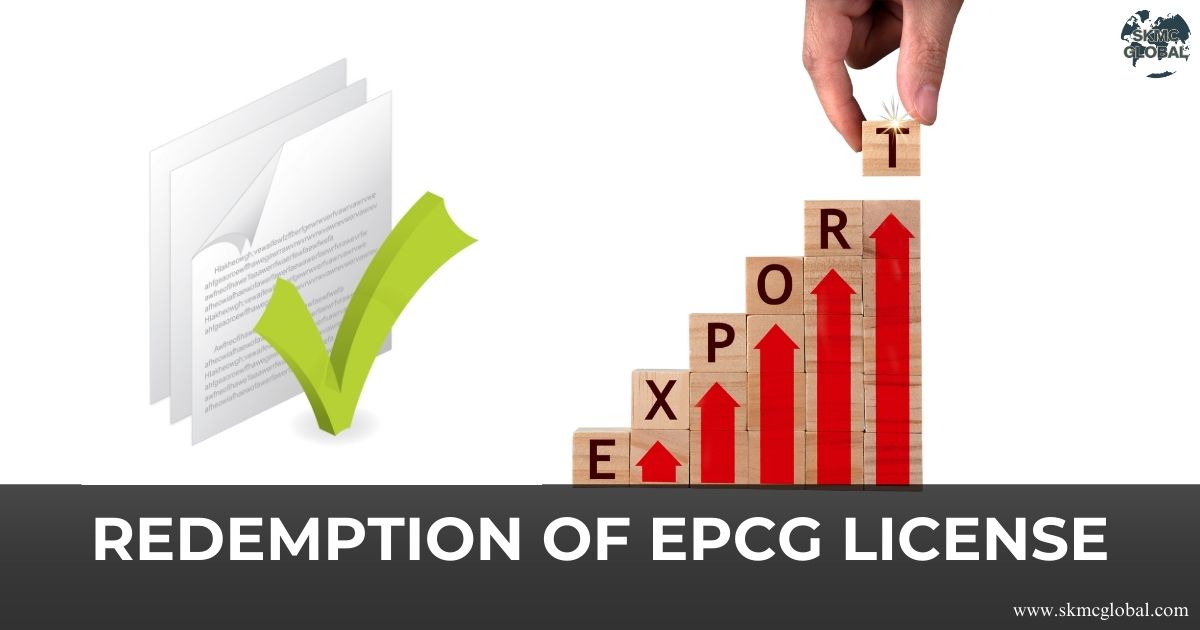 Redemption of EPCG License...
Sep 26,2025
Redemption of EPCG License...
Sep 26,2025
-
 MOOWR (Manufacturing and Other Operations in Wareh...
Sep 24,2025
MOOWR (Manufacturing and Other Operations in Wareh...
Sep 24,2025
-
 Procedure to Apply SCOMET License...
Sep 22,2025
Procedure to Apply SCOMET License...
Sep 22,2025
-
 Landscape of Semiconductor Industry while Doing Bu...
Sep 18,2025
Landscape of Semiconductor Industry while Doing Bu...
Sep 18,2025
-
 The Hidden Costs of In-House Accounting v/s Outsou...
Sep 17,2025
The Hidden Costs of In-House Accounting v/s Outsou...
Sep 17,2025
-
 TDS on sale of immovable property by an nri...
Sep 10,2025
TDS on sale of immovable property by an nri...
Sep 10,2025
-
 Setting up a Project Office in India...
Sep 08,2025
Setting up a Project Office in India...
Sep 08,2025
-
 Tax Implication for Transferring NRO Funds to NRE ...
Sep 05,2025
Tax Implication for Transferring NRO Funds to NRE ...
Sep 05,2025
-
 How outsourcing CFO services helps the corporates ...
Aug 27,2025
How outsourcing CFO services helps the corporates ...
Aug 27,2025
-
 Why a Periodical Cash Flow Statement is Necessary ...
Aug 26,2025
Why a Periodical Cash Flow Statement is Necessary ...
Aug 26,2025
-
 What is FATCA and CRS reporting and its difference...
Aug 22,2025
What is FATCA and CRS reporting and its difference...
Aug 22,2025
-
 What are unclaimed TDS Credits and how to claim it...
Aug 21,2025
What are unclaimed TDS Credits and how to claim it...
Aug 21,2025
-
 Digital Taxation is reshaping Tax Nexus Between Ju...
Aug 20,2025
Digital Taxation is reshaping Tax Nexus Between Ju...
Aug 20,2025
-
 Procedure to Take PF Registration and Its Complian...
Aug 18,2025
Procedure to Take PF Registration and Its Complian...
Aug 18,2025
-
 Procedure to take PSARA License...
Aug 11,2025
Procedure to take PSARA License...
Aug 11,2025
-
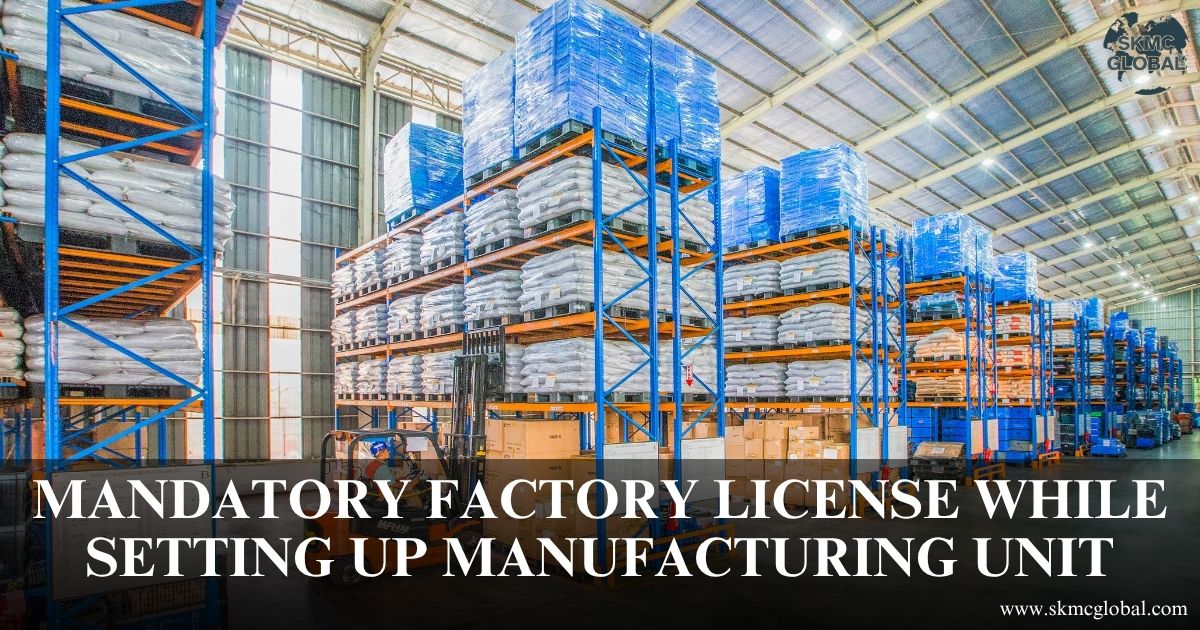 Mandatory factory license while setting up manufac...
Aug 08,2025
Mandatory factory license while setting up manufac...
Aug 08,2025
-
 Procedure for obtaining NBFC Registration in India...
Aug 04,2025
Procedure for obtaining NBFC Registration in India...
Aug 04,2025
-
 FSSAI License registration for Food Business...
Jul 14,2025
FSSAI License registration for Food Business...
Jul 14,2025
-
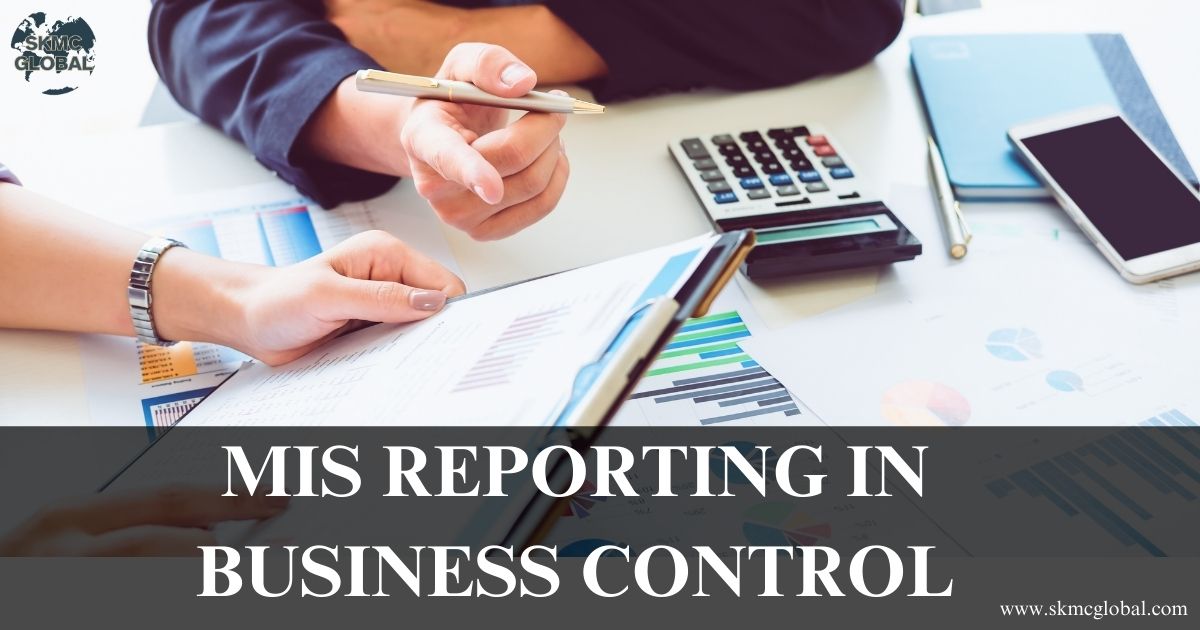 How Management Information System (MIS) reporting ...
Jul 11,2025
How Management Information System (MIS) reporting ...
Jul 11,2025
-
 IFRS 9 impairment- A complete guide...
Jul 12,2025
IFRS 9 impairment- A complete guide...
Jul 12,2025
-
 Why most of the companies are shifting to hr and p...
Jul 10,2025
Why most of the companies are shifting to hr and p...
Jul 10,2025
-
 A complete guide on valuation of shares...
Jul 10,2025
A complete guide on valuation of shares...
Jul 10,2025
-
 BIS registration for foreign manufacturer...
Jul 09,2025
BIS registration for foreign manufacturer...
Jul 09,2025
-
 Understanding the Scope of the Shops and Establish...
Jul 08,2025
Understanding the Scope of the Shops and Establish...
Jul 08,2025
-
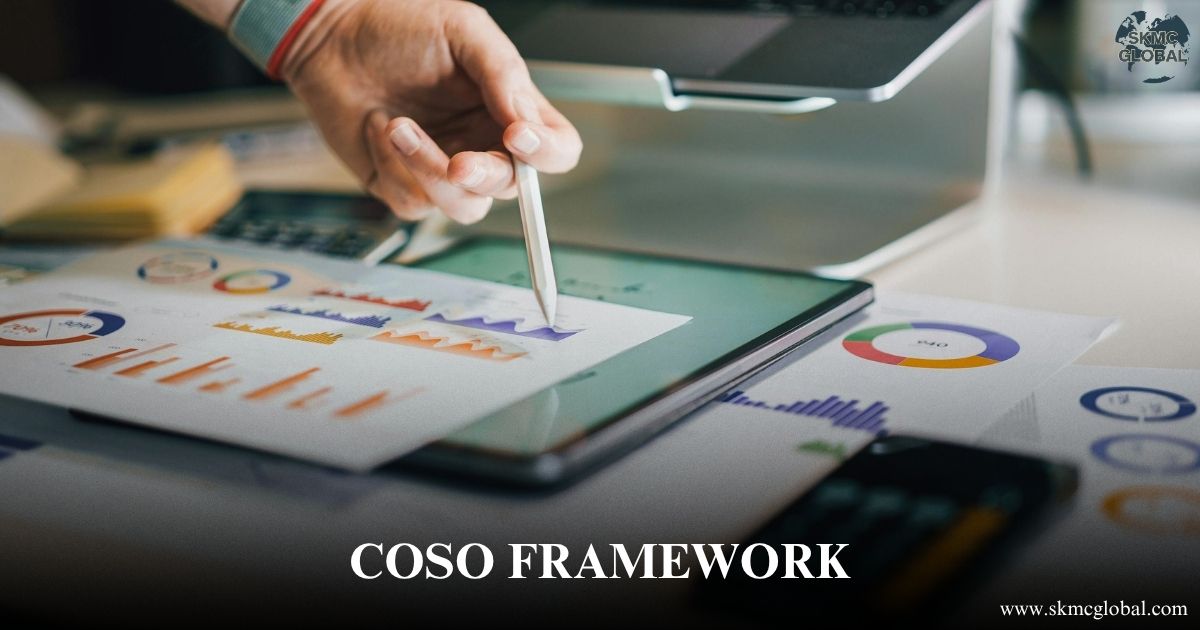 Coso framework: Complete guide on internal control...
Jun 26,2025
Coso framework: Complete guide on internal control...
Jun 26,2025
-
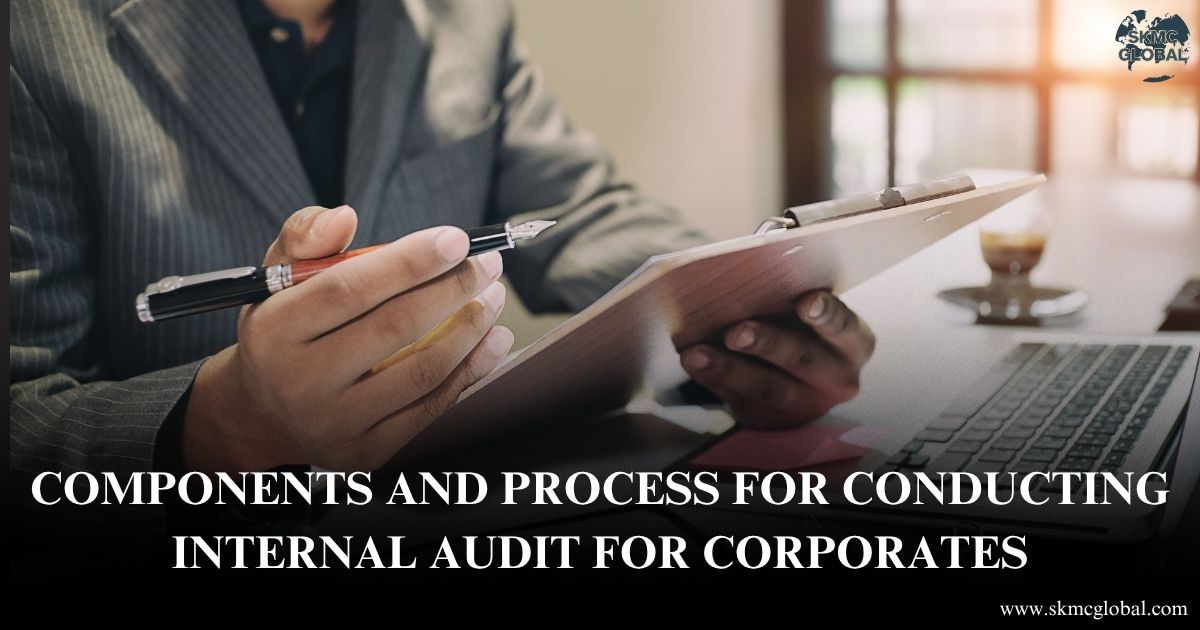 Components and Process for Conducting Internal Aud...
Jun 25,2025
Components and Process for Conducting Internal Aud...
Jun 25,2025
-
 What is ICFR and Why It is Important for Businesse...
Jun 24,2025
What is ICFR and Why It is Important for Businesse...
Jun 24,2025
-
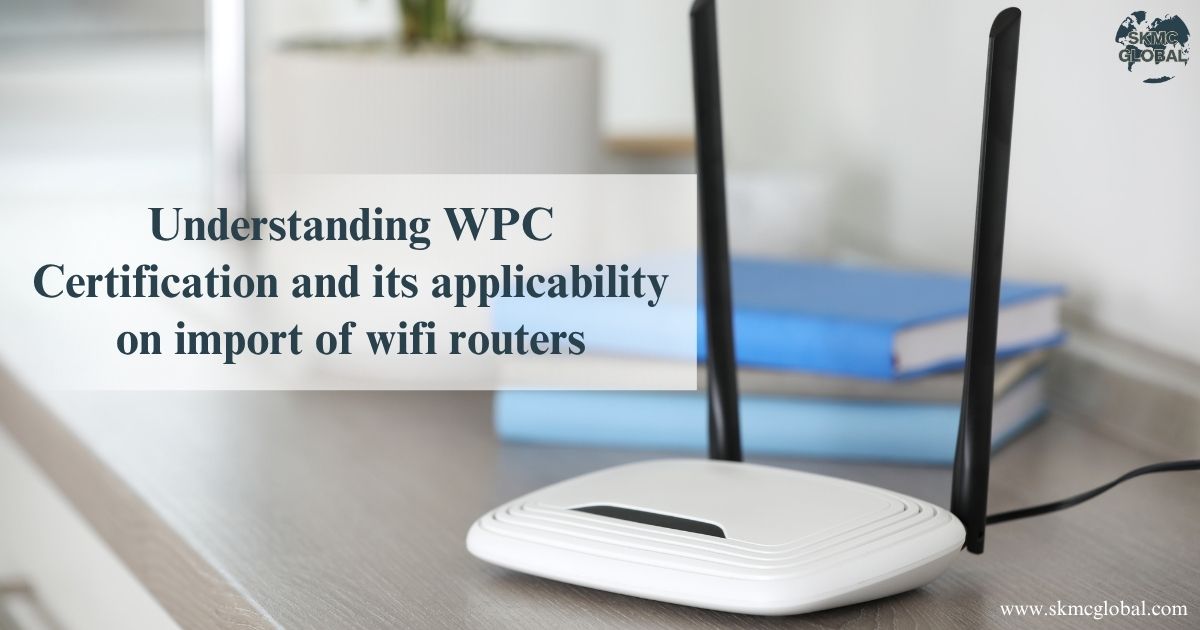 Understanding WPC Certification and its applicabil...
Jun 23,2025
Understanding WPC Certification and its applicabil...
Jun 23,2025
-
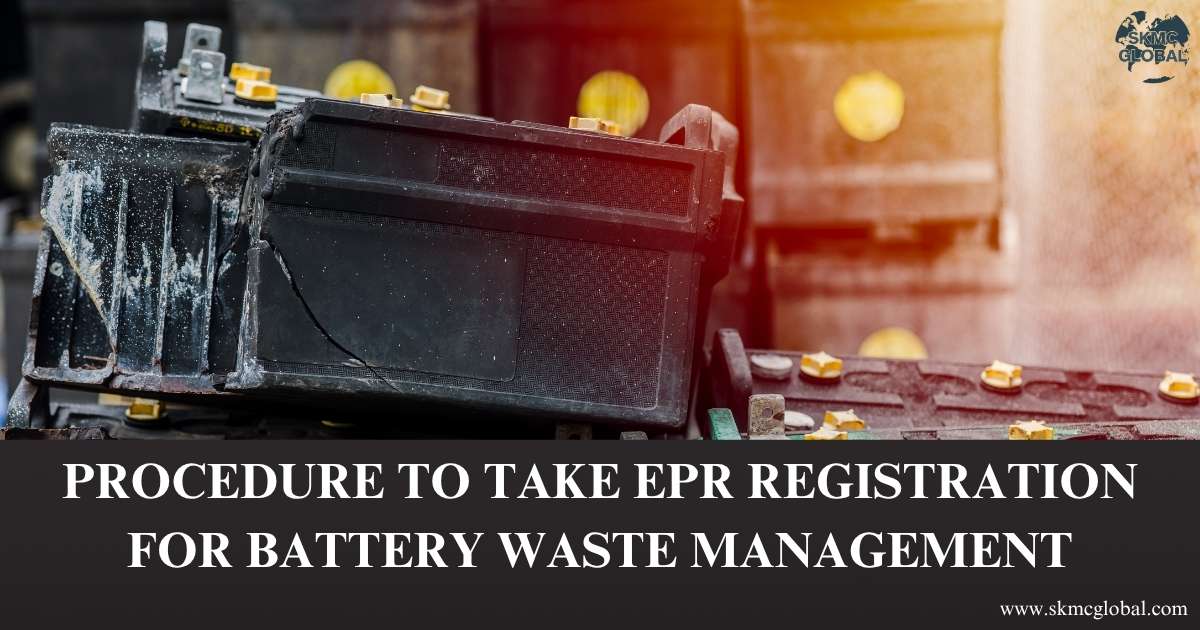 Procedure to take EPR registration for battery was...
Jun 21,2025
Procedure to take EPR registration for battery was...
Jun 21,2025
-
 3PL Logistics...
Jun 19,2025
3PL Logistics...
Jun 19,2025
-
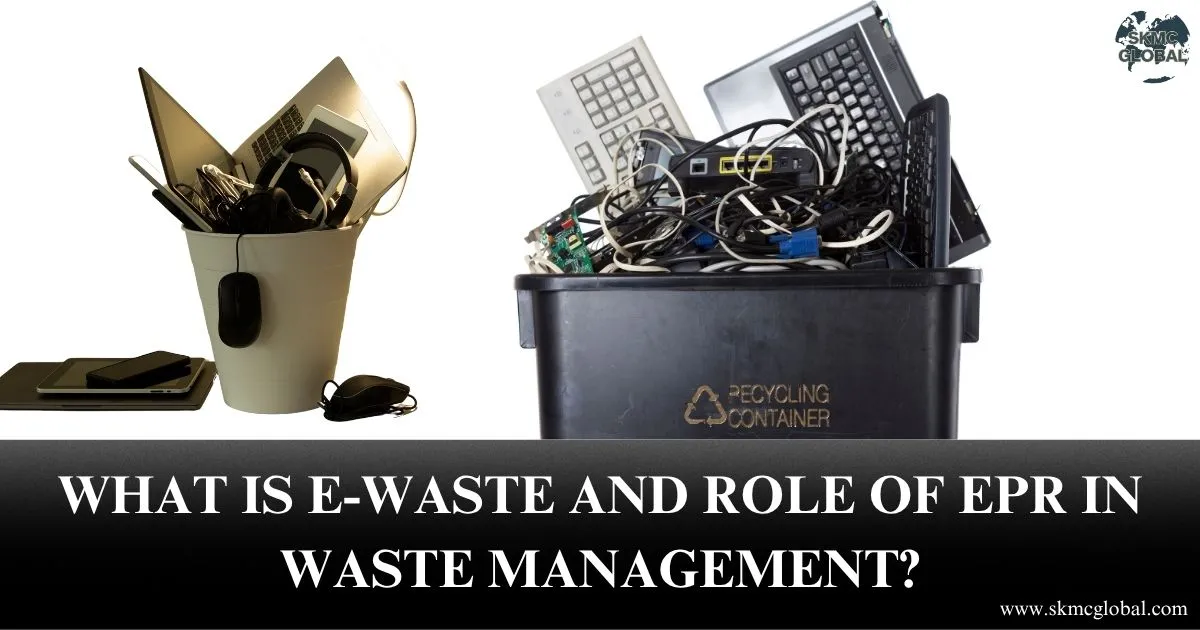 What is E-Waste and role of EPR in Waste Managemen...
Jun 17,2025
What is E-Waste and role of EPR in Waste Managemen...
Jun 17,2025
-
 M&A Due Diligence in India: How to Spot Target Com...
Jun 16,2025
M&A Due Diligence in India: How to Spot Target Com...
Jun 16,2025
-
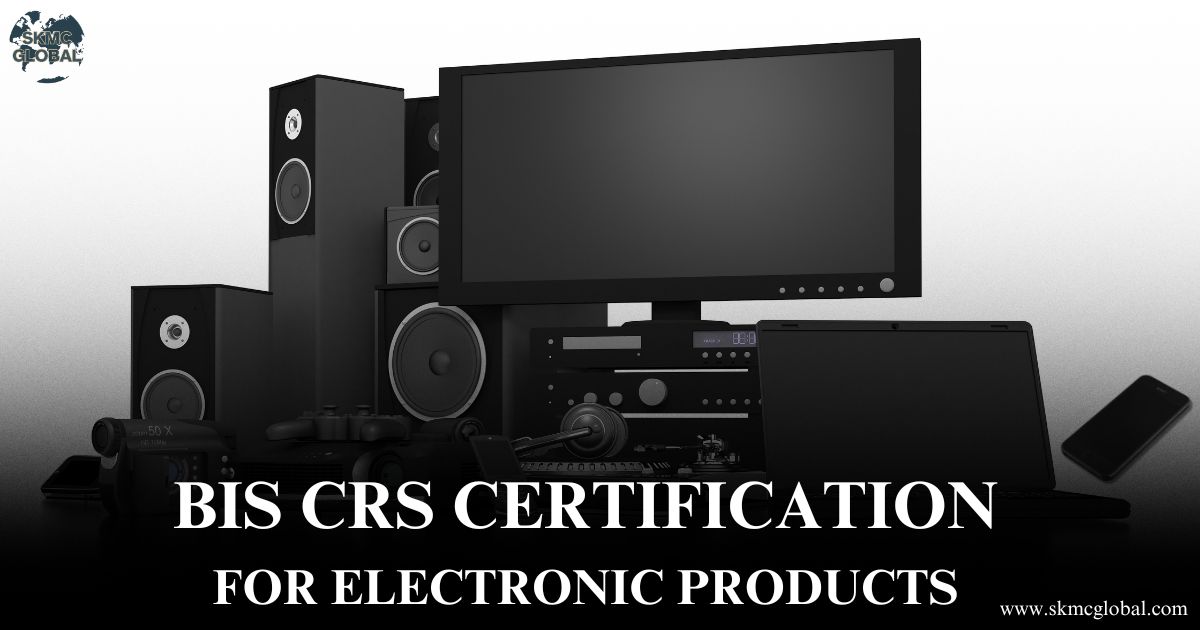 BIS crs certification for electronic products...
Jun 12,2025
BIS crs certification for electronic products...
Jun 12,2025
-
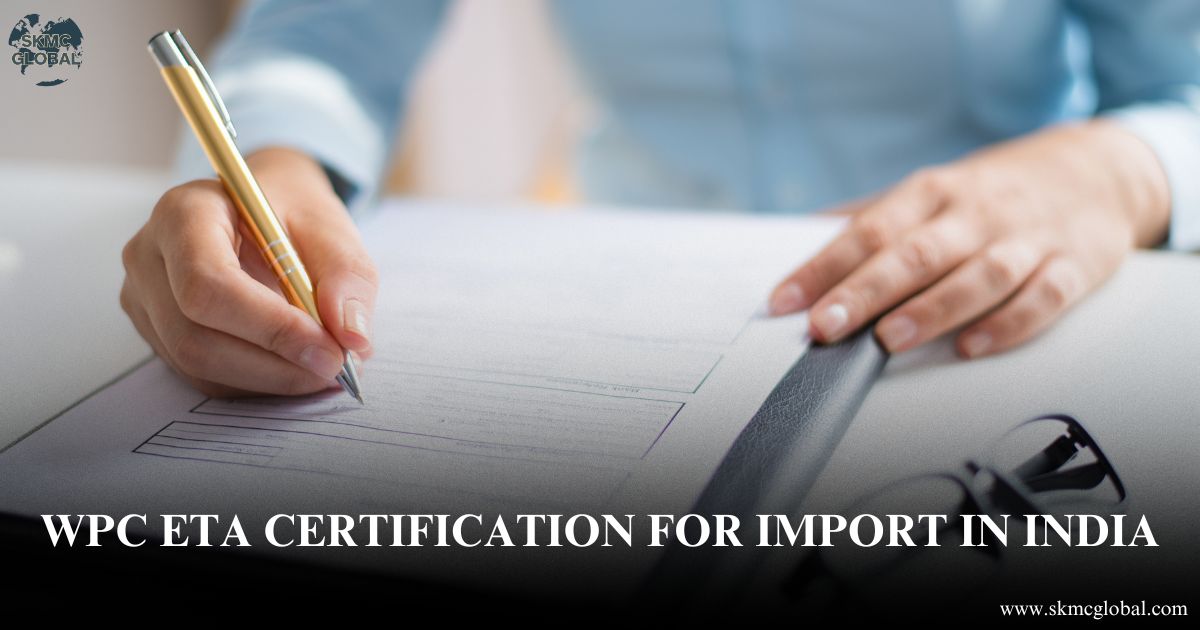 All you need to know about WPC ETA certification f...
Jun 11,2025
All you need to know about WPC ETA certification f...
Jun 11,2025
-
 What is CDSCO Registration under The Drugs & Cosme...
Jun 10,2025
What is CDSCO Registration under The Drugs & Cosme...
Jun 10,2025
-
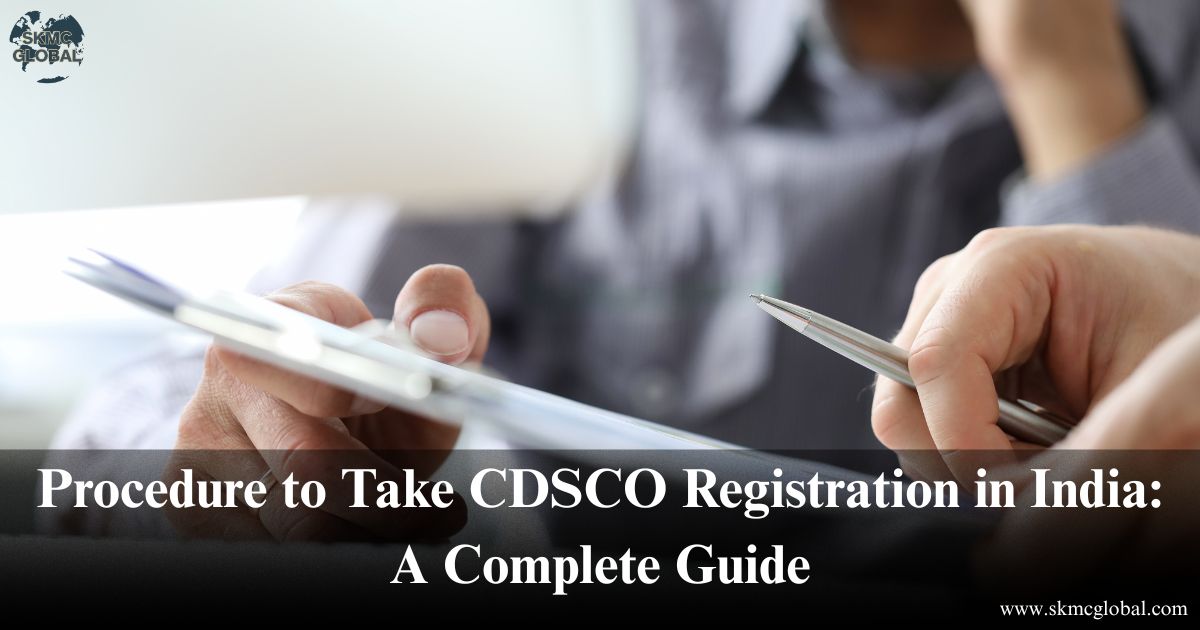 Procedure to Take CDSCO Registration in India: A C...
Jun 09,2025
Procedure to Take CDSCO Registration in India: A C...
Jun 09,2025
-
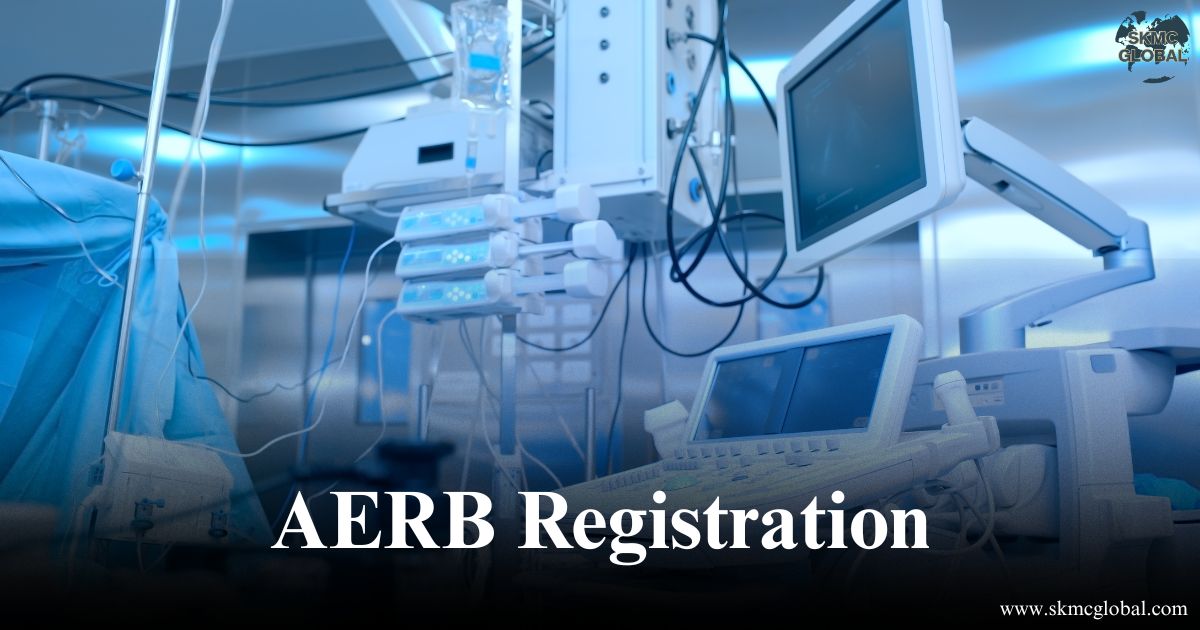 All You Need to Know About AERB Registration...
Jun 07,2025
All You Need to Know About AERB Registration...
Jun 07,2025
-
 Understanding POSH (Prevention of Sexual Harassmen...
Jun 03,2025
Understanding POSH (Prevention of Sexual Harassmen...
Jun 03,2025
-
 Chartered Accountant's role in financial managemen...
May 23,2025
Chartered Accountant's role in financial managemen...
May 23,2025
-
 5 Things to keep in mind while running your payrol...
May 17,2025
5 Things to keep in mind while running your payrol...
May 17,2025
-
 Why BIS Certification is Crucial for Importers and...
May 15,2025
Why BIS Certification is Crucial for Importers and...
May 15,2025
-
 Top 7 Reasons Indian Entrepreneurs Are Switching t...
May 07,2025
Top 7 Reasons Indian Entrepreneurs Are Switching t...
May 07,2025
-
 Incorporation of Company in Japan...
Apr 24,2025
Incorporation of Company in Japan...
Apr 24,2025
-
 How to set up a Representative Office in Singapore...
Apr 14,2025
How to set up a Representative Office in Singapore...
Apr 14,2025
-
 BIS certificate for medical equipments...
Apr 09,2025
BIS certificate for medical equipments...
Apr 09,2025
-
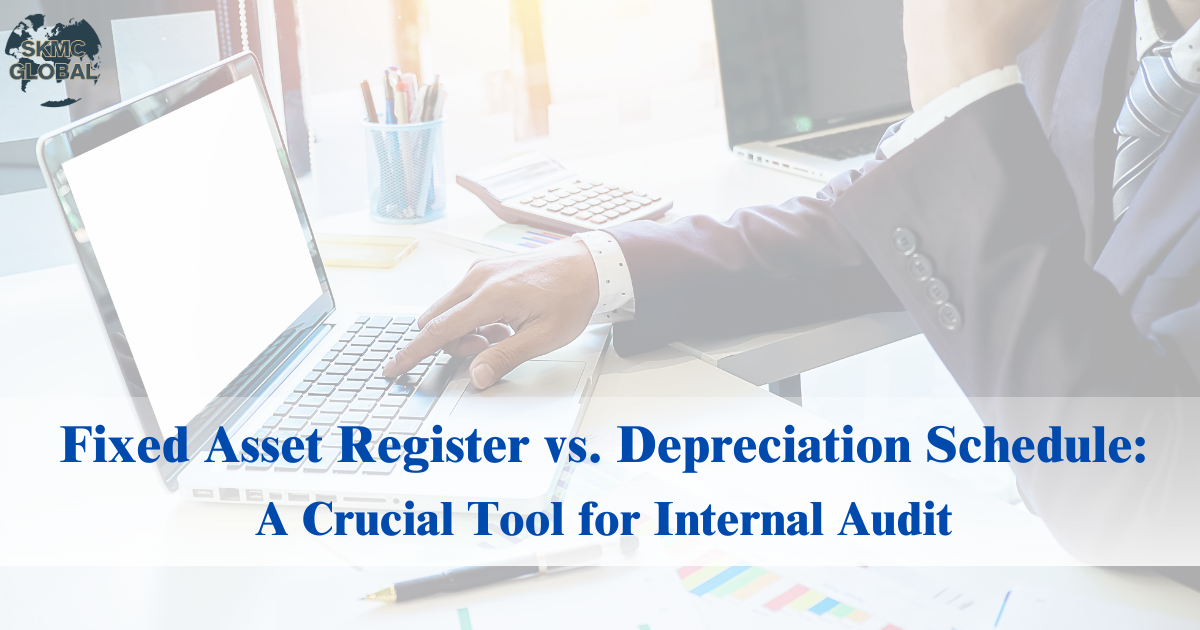 Fixed Asset Register v/s Depreciation Schedule: A ...
Apr 02,2025
Fixed Asset Register v/s Depreciation Schedule: A ...
Apr 02,2025
-
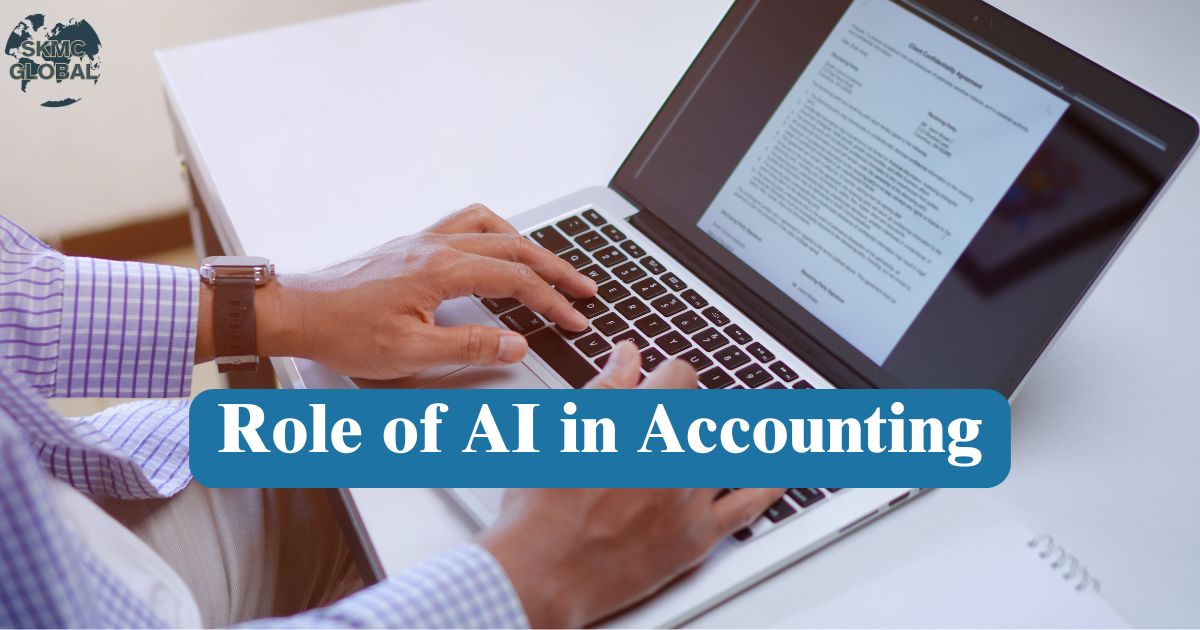 Role of AI in Accounting...
Mar 26,2025
Role of AI in Accounting...
Mar 26,2025
-
 Capital Structure & its Impact on Profitability...
Feb 21,2025
Capital Structure & its Impact on Profitability...
Feb 21,2025
-
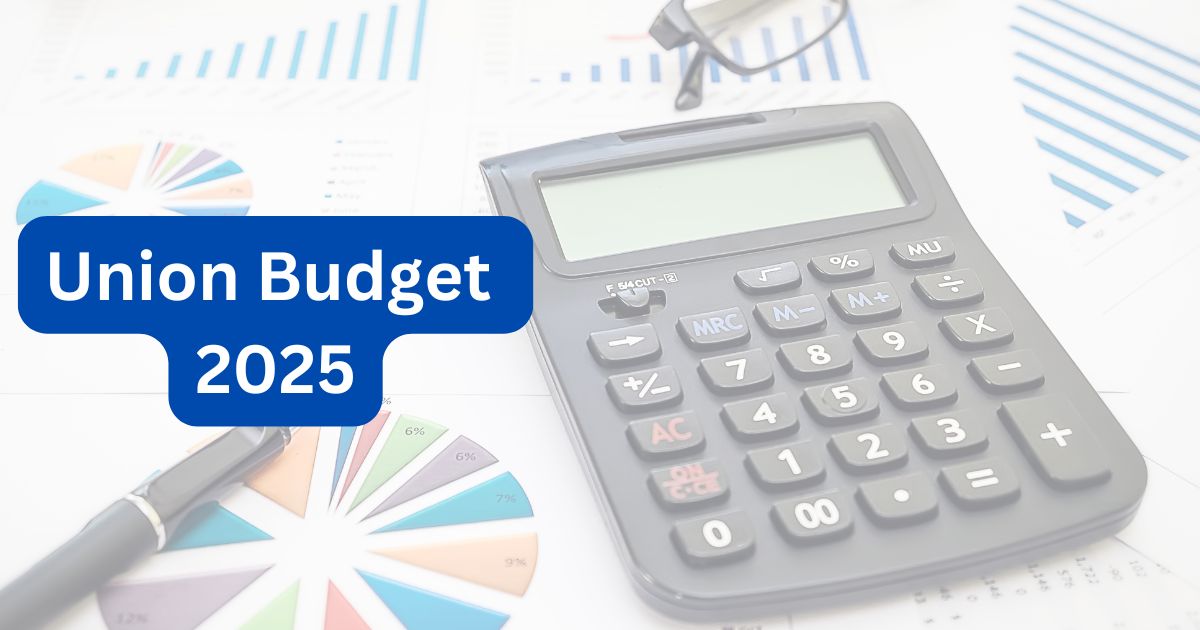 Union Budget 2025...
Feb 01,2025
Union Budget 2025...
Feb 01,2025
-
 What is EPR in Plastic waste Management? ...
Jul 12,2022
What is EPR in Plastic waste Management? ...
Jul 12,2022
-
 Lithium-ion Battery Recycling Plant Setup in India...
May 10,2022
Lithium-ion Battery Recycling Plant Setup in India...
May 10,2022
-
 Setting up E-waste Recycling Plant Setup...
Jan 12,2022
Setting up E-waste Recycling Plant Setup...
Jan 12,2022
-
 Applicability of Labour Laws in India...
Jul 15,2021
Applicability of Labour Laws in India...
Jul 15,2021
-
 Basis to Outsource Finance and Accounting Services...
Oct 31,2021
Basis to Outsource Finance and Accounting Services...
Oct 31,2021
